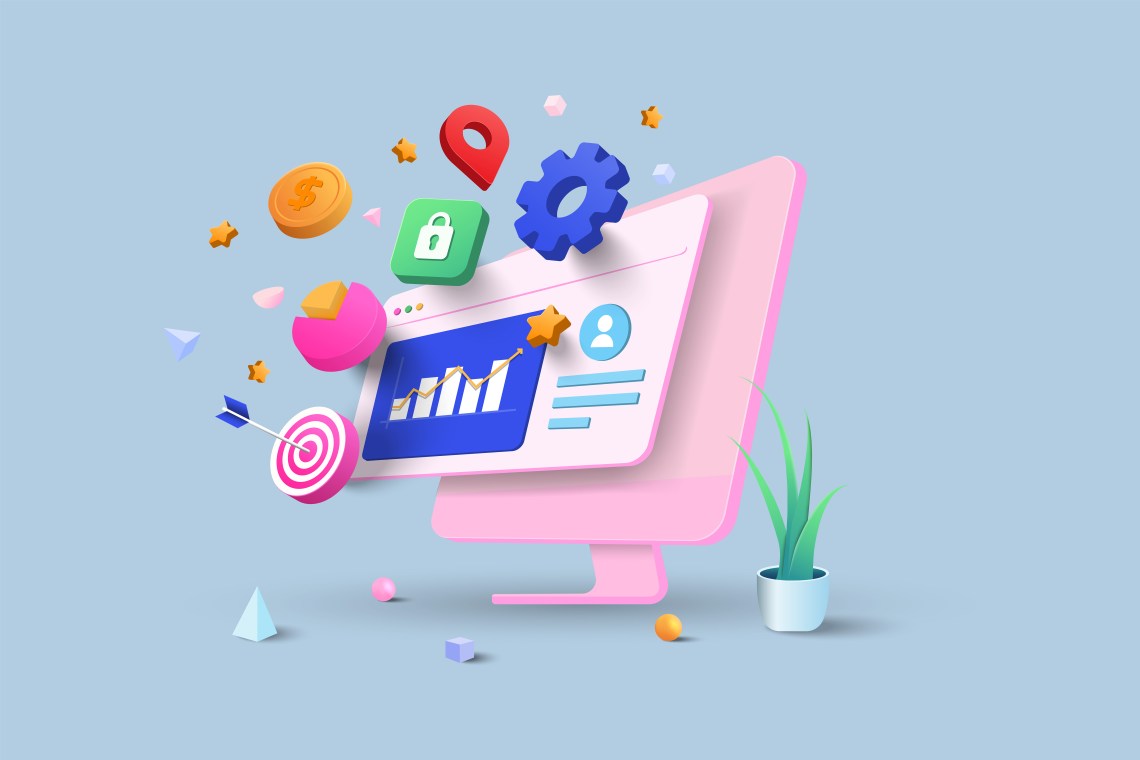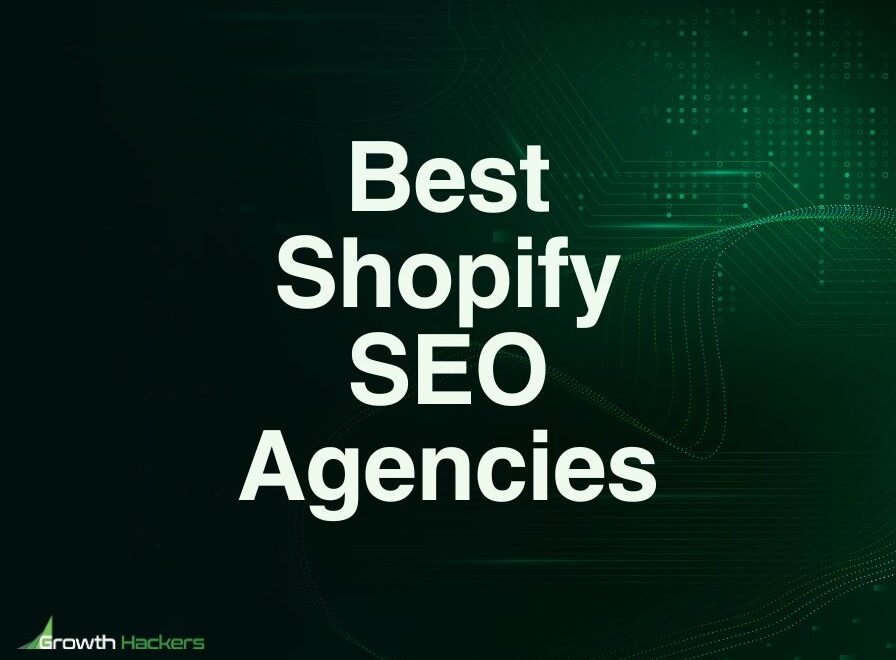Inbound marketing is essential to any successful business, yet many companies struggle to create an effective inbound architecture. In this article, I will outline the steps necessary to build a strong inbound marketing foundation for your company. By following these steps, you’ll be on your way to creating a powerful marketing strategy that will help you achieve your business goals.
Moreover, I will highlight the importance of inbound trade and how it can be used to drive website traffic and qualified leads for your business. Read on to soak up all information.
What Is Inbound Marketing?
In its most basic form, inbound attracts customers to your business through online channels. This can be done in several ways, but the most common methods include content marketing, search engine optimization (SEO), and social media marketing.
By creating compelling content that ranks well in search engines and is shared by potential customers on social media, businesses can attract qualified leads and convert them into customers.
Inbound marketing tactics are an effective alternative to traditional outbound marketing techniques, interrupting potential customers with advertising messages to generate leads. Inbound and outbound marketing can be combined in very positive and effective ways, but Inbound strategy is way more effective.
In contrast, inbound marketing helps businesses create an ongoing relationship with their customers by providing valuable information they are interested in. As a result, inbound can be a more efficient and cost-effective way to grow a business.
Why Is It Important to Build up an Inbound Marketing Structure?
In order to be successful, architecture firms need to put in the time and effort to build a comprehensive inbound marketing strategy. Here are four reasons why an inbound marketing structure is so important:
Money, Money, Money
Businesses need to make money to survive, and inbound marketing is a strategy that can help them to do just that. Inbound strategies bring customers to a business through valuable content and experiences tailored to them as individual human beings.
Unlike outbound marketing, inbound marketing does not require businesses to throw money at advertising without guaranteeing it is working.
In the long run, inbound marketing will save businesses money and bring a greater investment return. Therefore, it is clear why an inbound marketing structure is so important.
The importance of quality over quantity
Quality should always be valued over quantity, and this is especially true when it comes to inbound marketing. A smaller group of engaged customers is more important than a large group of uninterested customers.
Inbound marketing allows you to attract individuals already interested in your brand rather than entice them with mass marketing techniques.
This will create a more engaged customer base that is more likely to result in conversions. Additionally, customers interested in your brand are more likely to tell others about your company, leading to even more customers.
Trust that is earned
Trust is one of the most important aspects of any relationship, especially when it comes to businesses and consumers. That’s why inbound marketing is so integral to building a successful brand. Inbound marketing is all about authenticity and trustworthiness.
It’s about creating content that is genuinely useful and relevant to your audience rather than manipulating them with empty promises or pushy sales tactics.
As a result, individuals who discover your brand through inbound channels are more likely to trust you and become loyal customers or followers.
Inbound marketing offers sustainability
Inbound marketing offers sustainability compared to outbound marketing campaigns which only target an audience for the period any ad campaign is up and running. For example, suppose you would like to sell your product on a big online marketplace and want to know more about topics like how to sell on Etsy.
In that case, sustainable growth might be the most effective way to increase traffic and level your business organically. Once you rank for certain keywords, people interested in your product or services will find you through search engines without you having to run another ad campaign.
This is because inbound marketing focuses on creating quality content that solves a problem or answers a question people are searching for online.
Do you need a guide to building an inbound marketing architecture for your business?
Contact Growth Hackers
What Are the 3 Stages of the Inbound Methodology?
The inbound methodology has three stages: attract, engage, and delight.
- Attracting strangers is the first stage. In this stage, you focus on getting your content in front of as many people as possible. You do this by creating high-quality content and optimizing it for search engines.
- Engaging prospects is the second stage. In this stage, you focus on converting strangers into leads. You do this using calls-to-action and lead capture forms to collect information from potential customers.
- Delighting customers is the third stage. In this stage, you focus on turning leads into customers. You do this by providing great customer service and exceeding customer expectations.
9 Steps to Build an Inbound Marketing Architecture for Your Business
There are many inbound marketing channels that you should be working on. Now I will provide a practical guide on the steps businesses can take to build an inbound marketing architecture.
1. Content Creation and Strategy
Content creation and strategy are the first steps to building an inbound marketing architecture for your business. This is critical because your content is what will attract people to your website and keep them coming back. It should be high quality, keyword-rich, and informative.
The goal is to draw customers in with valuable content rather than interrupting them with traditional advertising. To create effective inbound marketing strategies, you need to understand your audience and what they’re looking for clearly. Once you know your target customer, you can begin creating content that appeals to their needs and interests.
Posts, articles, white papers, ebooks, and infographics are all great types of content to create. Once you have a solid foundation of content, you can start promoting it through social media, email marketing, and paid advertising.
2. Search Engine Optimization
SEO is a process by which a site can improve its position in the browser results pages (SERP) for certain queries. Historically, SEO has been about optimizing for specific keywords so that your site would rank higher when those keywords were searched for. However, modern SEO is more than just keywords; it’s also about user experience, site architecture, and social signals.
However, keywords are still important in SEO, and you should choose them carefully. To select the right keywords, you should first understand your audience and what they’re likely to search for.
Once you’ve done that, you can use keyword research tools to determine which keywords are most relevant to your business. Once you’ve chosen your keywords, you should incorporate them into your content in a way that sounds natural and doesn’t interrupt the flow of the article.
SEO is an important part of inbound marketing because it helps you to ensure that your content will be seen by the people who are most likely to be interested in it. By incorporating SEO into your content strategy, you can ensure that your content reaches the right people at the right time.
3. Social Media
It’s important to understand that not all social media platforms are created equal. Each platform has a different user base with different demographics, interests, and purposes. Therefore, choosing the platform or platforms that best suit your business and the types of people you want to target is important.
For example, LinkedIn is a great platform for businesses targeting other businesses or professionals, while Instagram is better suited for businesses targeting consumers. If you’re unsure which platform or platforms to use, consider conducting market research or using a tool like Google Analytics to see where your prospective clients spend their time online. Once you’ve selected the social media platform or platforms that best fit your business, it’s time to start creating content.
When creating content for social media, it’s important to remember that quality trumps quantity. It’s better to post one high-quality piece of content per week than seven low-quality pieces. In addition, make sure to vary the types of content you post in order to keep things interesting for your followers. Lastly, interact with your followers regularly by liking and commenting on their posts.
4. Build a Team
Before you can start building your inbound marketing architecture, you must put together a team with the skills and experience necessary to get the job done. While one person can wear all the hats, it’s generally not advisable.
Instead, you should look for team members specializing in web design, web analytics, copywriting, blogging, SEO, and social media community management. By putting together a well-rounded team, you’ll be more likely to build a successful inbound marketing campaign that generates results.
And remember, don’t be afraid to delegate tasks and put your trust in others. It’s the only way to free up your time so that you can focus on other aspects of running your business.
5. Create Clear Goals
Any successful journey begins with a destination in mind. Another step to building an inbound marketing architecture for your business is to create clear goals. What do you want to achieve, and by when? Without a clear destination, it won’t be easy to map out the steps needed to get there. Setting realistic and achievable goals can put you on the path to success.
Once you have identified your goals, it is important to determine the traffic sources for your marketing architecture. How will you generate leads? Will you rely on organic search, paid ads, or social media? Once you better understand where your traffic will come from, you can develop a plan to best capture and convert leads.
By taking the time to establish clear goals and identify the sources of traffic for your marketing architecture, you can set your business up for success.
Jump ahead of your competition by building an inbound marketing architecture today!
6. Define Who Your Target Audience Is
Defining your audience is essential to determine the best way to reach them. Consider their characteristics, such as age, gender, location, and interests. Once you clearly understand who your target audience is, you can begin to develop a marketing strategy that will reach them where they are.
There are several ways to reach your target people. Traditional advertising methods, such as print or television ads, can be expensive and may not reach your spectators effectively. Instead, consider using digital marketing tactics like SEO or content marketing.
Or you could use digital and traditional marketing tactics to reach your audience. The important thing is to experiment and find what works best for your business.
Developing personas for your potential clients can be a helpful way to understand better their needs and how to reach them best. By creating detailed profiles of your ideal customers, you can develop a marketing strategy tailored to their specific needs. These methods are more affordable and can be targeted specifically to your audience.
7. Blog Well and Often
Anybody can start a blog, but it takes a little bit more finesse to turn that blog into an inbound marketing powerhouse. The key is quality content that speaks directly to your audience. That means writing blog posts that are interesting, informative, and relevant to the needs and interests of your buyer persona.
Once you have a solid understanding of your target reader, you can start planning your content strategy. Produce content regularly and be sure to promote your blog through social media and other channels. You can turn your blog into a powerful inbound marketing tool with little effort.
8. Videos Now More Popular Than Blogs
These days, people can’t get enough of video content. Video content is now more popular than blogs. And that’s not surprising when you consider video’s many advantages over other types of content. High-quality video is more likely to engage viewers and keep their attention than text-based content.
Moreover, video is also proven to lead to higher conversion rates. So, if you’re looking to build an effective inbound marketing architecture for your business, videos should be a key part of your strategy. Of course, producing high-quality videos is not always easy or affordable.
But the good news is that there are now many cost-effective tools and services that can help you create professional-looking videos without breaking the bank.
9. Landing Pages
Landing pages are the key to funnelling readers towards your desired goal or call to action. Unlike sales pages, landing pages should be focused on providing valuable content that will interest the reader and persuade them to take your desired action.
Here are some tips for creating effective landing pages:
- Keep it simple: Avoid distractions and focus on delivering a clear message.
- Use strong calls to action: Make it easy for visitors to know what you want them to do next.
- Optimize for conversion: Use testing and analytics to improve your page’s performance.
- Focus on design: Create a visual experience that’s pleasing and easy to navigate.
- Write compelling content: Provide value to your readers and address their needs.
Following these basic guidelines, you can create a landing page to help you achieve your inbound marketing goals.
Summary of the Steps to Build an Inbound Marketing Architecture for Your Business
Inbound marketing is a strategic approach to attracting, engaging, and delighting customers through content creation and distribution. It’s an essential piece of any company’s marketing puzzle, regardless of size or industry. Following the nine steps we outlined in this blog post, you can build an inbound marketing architecture for your business that will help you attract more leads and convert them into customers.
Growth Hackers is a leading inbound marketing agency helping businesses from all over the world grow. There is no fluff with Growth Hackers. We help entrepreneurs and business owners create effective inbound marketing architecture, generate qualified leads, optimize their conversion rate, gather and analyze data analytics, acquire and retain users and increase sales. Thanks to our in-house inbound marketing consultants, we go further than brand awareness and exposure. We make sure that the strategies we implement move the needle so your business grow, strive and succeed. If you too want your business to reach new heights, contact Growth Hackers today so we can discuss about your brand and create a custom growth plan for you. You’re just one click away to skyrocket your business.








